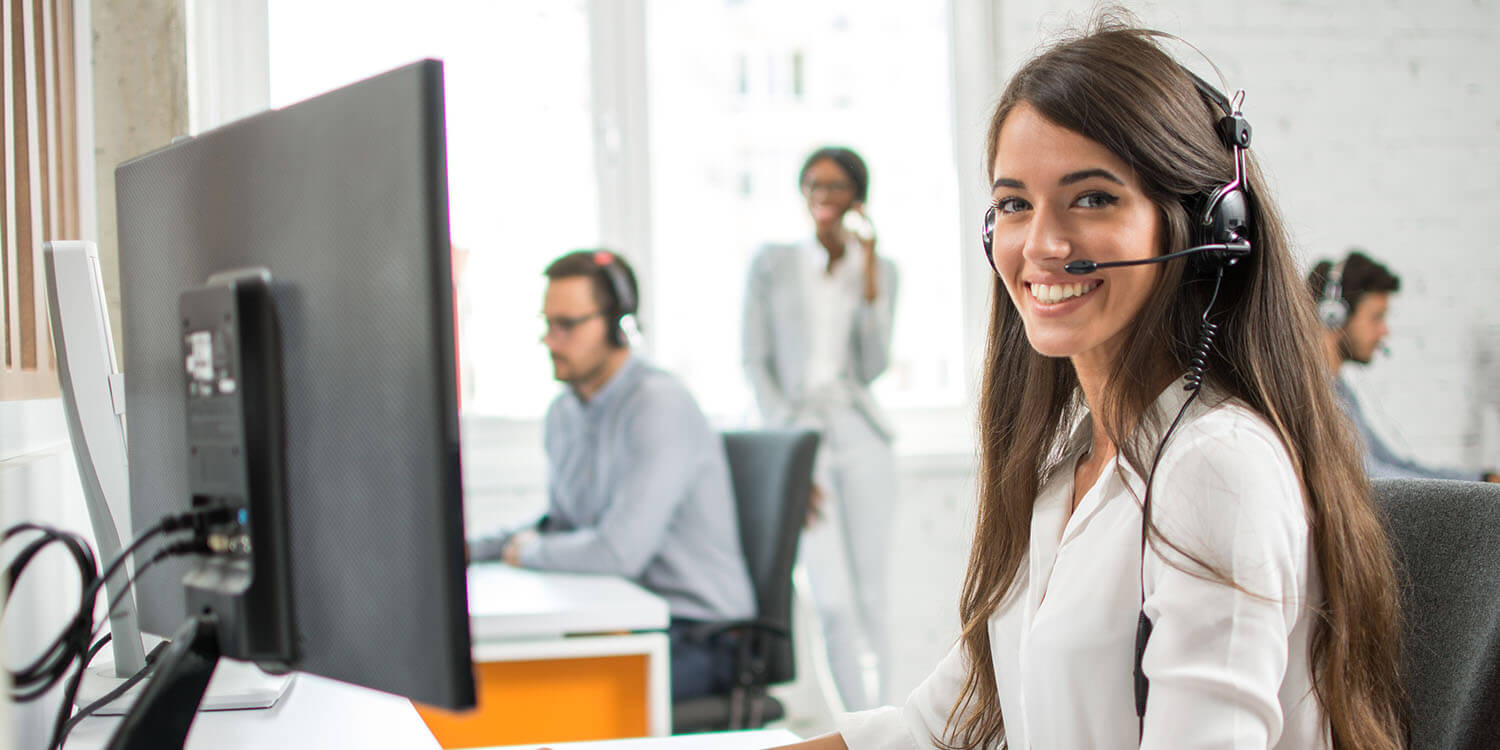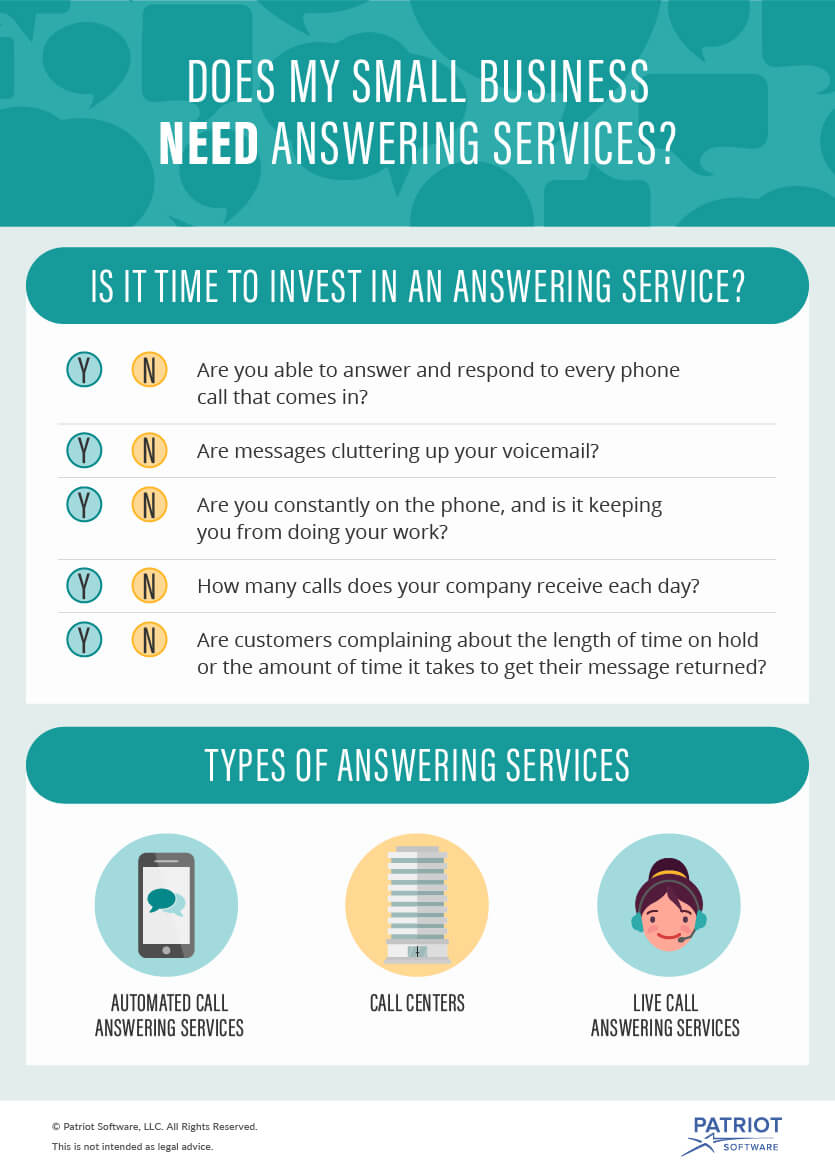All Categories
Featured
Table of Contents
- – What Is The Best Phone Answering Service - Inte...
- – What Is The Best What Is An Answering Service?
- – Which Is Best Live Call Answering - Virtual Re...
- – What The Best 12 Best Telephone Answering Ser...
- – What Is The Best Benefits Of Answering Servic...
- – What Is The Best Virtual Receptionist Perth ...
What Is The Best Phone Answering Service - Intelligent Office To Get Right Now
This gadget and its followers were designed by Sava Jacobson, an electrical engineer with a private consulting organization. While early answering machines used magnetic tape technology, many contemporary equipment utilizes strong state memory storage; some devices utilize a combination of both, with a solid-state circuit for the outbound message and a cassette for the inbound messages.
"toll conserving" listed below) (phone answering). This works if the owner is evaluating calls and does not want to consult with all callers. In any case after going, the calling party ought to be notified about the call having actually been answered (in many cases this begins the charging), either by some remark of the operator, or by some greeting message of the little bit, or addressed to non-human callers (e.
This holds particularly for the Littles with digitally kept welcoming messages or for earlier makers (before the rise of microcassettes) with an unique limitless loop tape, separate from a second cassette, dedicated to recording. There have actually been answer-only devices with no recording capabilities, where the greeting message had to notify callers of a state of current unattainability, or e (reception services).
What Is The Best What Is An Answering Service?

about availability hours. In tape-recording TADs the greeting typically includes an invite to leave a message "after the beep". A voice mail that uses a microcassette to record messages On a dual-cassette answerphone, there is an outbound cassette, which after the specified variety of rings plays a pre-recorded message to the caller.

Single-cassette voice mail include the outbound message at the start of the tape and inbound messages on the remaining space. They initially play the statement, then fast-forward to the next available space for recording, then record the caller's message. If there are many previous messages, fast-forwarding through them can trigger a significant delay.
This beep is frequently referred to in the greeting message, asking for that the caller leave a message "after the beep". Littles with digital storage for the recorded messages do disappoint this delay, obviously. A little might provide a push-button control center, where the answerphone owner can ring the house number and, by getting in a code on the remote telephone's keypad, can listen to taped messages, or delete them, even when far from home.
Which Is Best Live Call Answering - Virtual Reception Brand
:max_bytes(150000):strip_icc()/how-to-answer-the-phone-properly-2947153-5bd5229bcf254db794ebd49e2ba1652f.png)
Thus the machine increases the variety of rings after which it responds to the call (normally by 2, resulting in four rings), if no unread messages are currently kept, but answers after the set variety of rings (typically 2) if there are unread messages. This permits the owner to learn whether there are messages waiting; if there are none, the owner can hang up the phone on the, e.
Some devices likewise allow themselves to be from another location triggered, if they have been turned off, by calling and letting the phone ring a certain large number of times (normally 10-15). Some provider desert calls already after a smaller number of rings, making remote activation impossible. In the early days of Littles an unique transmitter for DTMF tones (dual-tone multi-frequency signalling) was regionally required for remote control, since the previously used pulse dialling is not apt to communicate appropriate signalling along an active connection, and the dual-tone multi-frequency signalling was implemented stepwise.
Any inbound call is not recognizable with respect to these residential or commercial properties in advance of going "off hook" by the terminal devices. So after going off hook the calls need to be switched to proper devices and only the voice-type is instantly available to a human, however possibly, however need to be routed to a LITTLE BIT (e.
What The Best 12 Best Telephone Answering Service For Businesses In ... Brand To Buy
What if I told you that you do not need to actually get your gadget when answering a client call? Another person will. So practical, right? Answering telephone call doesn't need someone to be on the other end of the line. Effective automated phone systems can do the technique simply as efficiently as a live representative and sometimes even much better.
An automated answering service or interactive voice action system is a phone system that interacts with callers without a live person on the line - business call answering service. When business use this innovation, consumers can get the answer to a question about your service just by using interactions set up on a pre-programmed call circulation.
Although live operators upgrade the client service experience, lots of calls do not need human interaction. A basic documented message or directions on how a customer can obtain a piece of details typically solves a caller's immediate need - virtual call answering service. Automated answering services are a basic and efficient way to direct incoming calls to the best person.
What Is The Best Benefits Of Answering Service - Professional Services On The Market
Notice that when you call a company, either for support or item inquiry, the very first thing you will hear is a pre-recorded voice greeting and a series of options like press 1 for customer care, press 2 for inquiries, and so on. The pre-recorded alternatives branch off to other choices depending on the client's choice.
The phone tree system assists direct callers to the best person or department utilizing the keypad on a mobile phone. In some circumstances, callers can use their voices. It's worth keeping in mind that auto-attendant alternatives aren't limited to the ten numbers on a phone's keypad. Once the caller has actually picked their first alternative, you can develop a multi-level auto-attendant that utilizes sub-menus to direct the caller to the right sort of assistance.
The caller does not have to interact with a person if the auto-attendant phone system can handle their issue. The automated service can path callers to a worker if they reach a "dead end" and need help from a live representative. It is pricey to employ an operator or executive assistant.
What Is The Best Virtual Receptionist Perth - Local Phone Answering Service And Why
Automated answering services, on the other hand, are substantially more economical and provide significant cost savings at an average of $200-$420/month. Even if you don't have actually devoted personnel to deal with call routing and management, an automated answering service improves performance by allowing your team to focus on their strengths so they can more efficiently spend their time on the phone.
A sales lead routed to consumer service is a lost shot. If a customer who has item concerns reaches the incorrect department or gets insufficient responses from well-meaning staff members who are less trained to handle a particular kind of question, it can be a cause of disappointment and frustration. An automated answering system can reduce the variety of misrouted calls, thus helping your employees make better usage of their phone time while releasing up time in their calendar for other jobs.
With Automated Answering Systems, you can create a customized experience for both your personnel and your callers. Make a recording of your primary welcoming, and merely upgrade it routinely to show what is going on in your organization. You can create as many departments or menu alternatives as you desire.
Table of Contents
- – What Is The Best Phone Answering Service - Inte...
- – What Is The Best What Is An Answering Service?
- – Which Is Best Live Call Answering - Virtual Re...
- – What The Best 12 Best Telephone Answering Ser...
- – What Is The Best Benefits Of Answering Servic...
- – What Is The Best Virtual Receptionist Perth ...
Latest Posts
24/7 Answering Service Near Me
Eco-Friendly After Hours Answering
Efficient Custom Phone Answering Near Me – ACT
More
Latest Posts
24/7 Answering Service Near Me
Eco-Friendly After Hours Answering
Efficient Custom Phone Answering Near Me – ACT